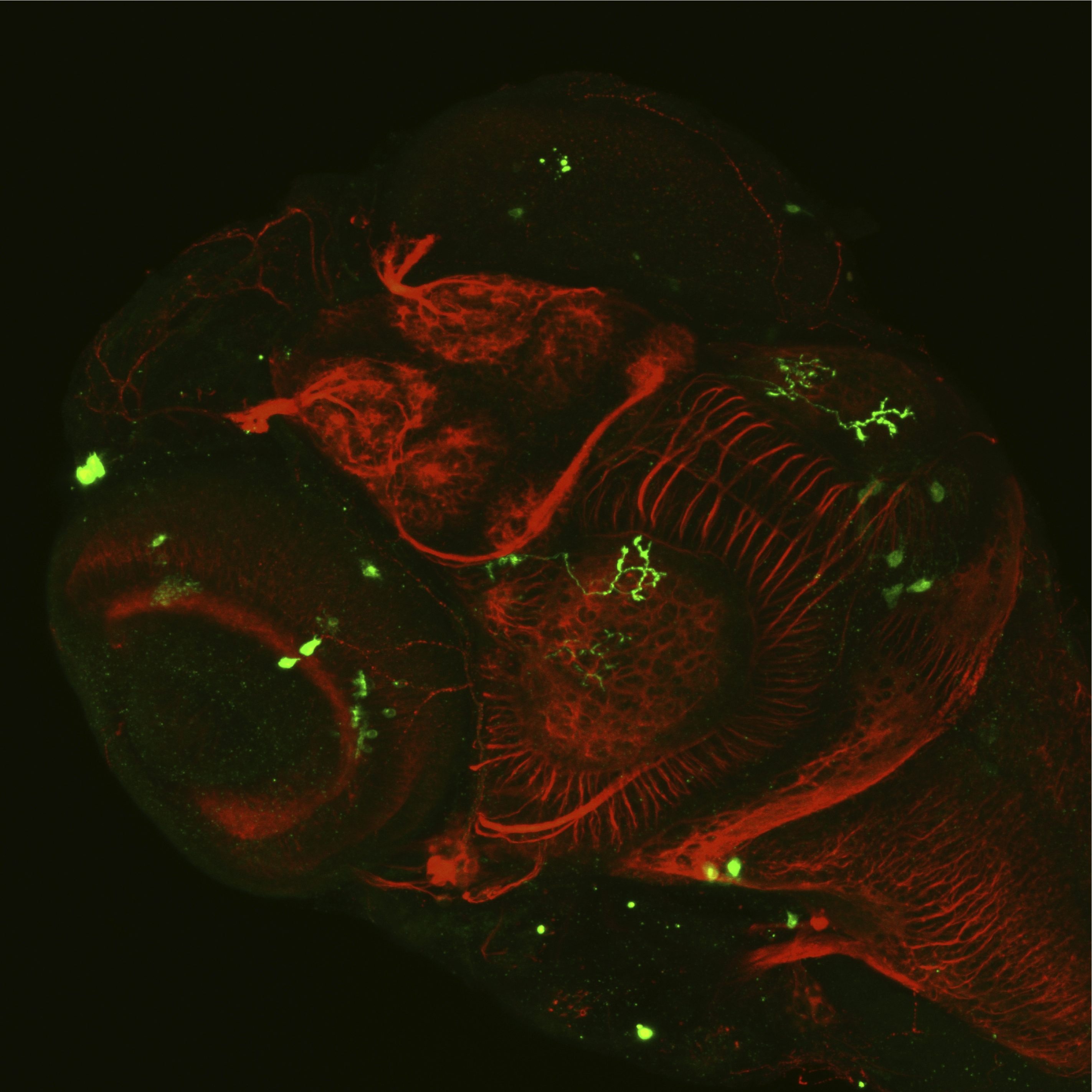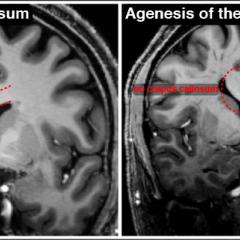
Researchers from The University of Queensland have found a new way of using advanced mathematical techniques to study how the brain becomes wired up during early life.
Professor Geoff Goodhill, from the Queensland Brain Institute and UQ School of Mathematics and Physics, said there was a pressing need for new ways to quickly process the vast amounts of data produced by studying the brain.
“Billions of connections are made between brain cells as our brains grow, but if the connections don’t form correctly it can lead to mental illness,” Professor Goodhilll said.
“However it’s very difficult to study this because there is so much going on as these connections grow from neuron to neuron.”
Using maths to improve neuroscience research
Using data produced by imaging the growth of connections in a zebrafish brain, Professor Goodhill and colleagues applied a mathematical technique called Dynamic Time Warping.
“This allowed us to track when new connections formed, or when an old connection took a jump to the left, or a step to the right,” Professor Goodhill said.
“With this information we can better understand the dynamic patterns of connections as they grow and change during development.
“And this is one of the beauties of applying maths to neuroscience.
“We can automate many of the tedious processes which consume so much of scientists’ time, in turn speeding up the rate of discoveries and providing new insights into how the brain works,” he said.
This research is published in PLOS Computational Biology and funded by the National Health and Medical Research Council.
Media: QBI Communications, communications@qbi.uq.edu.au.




